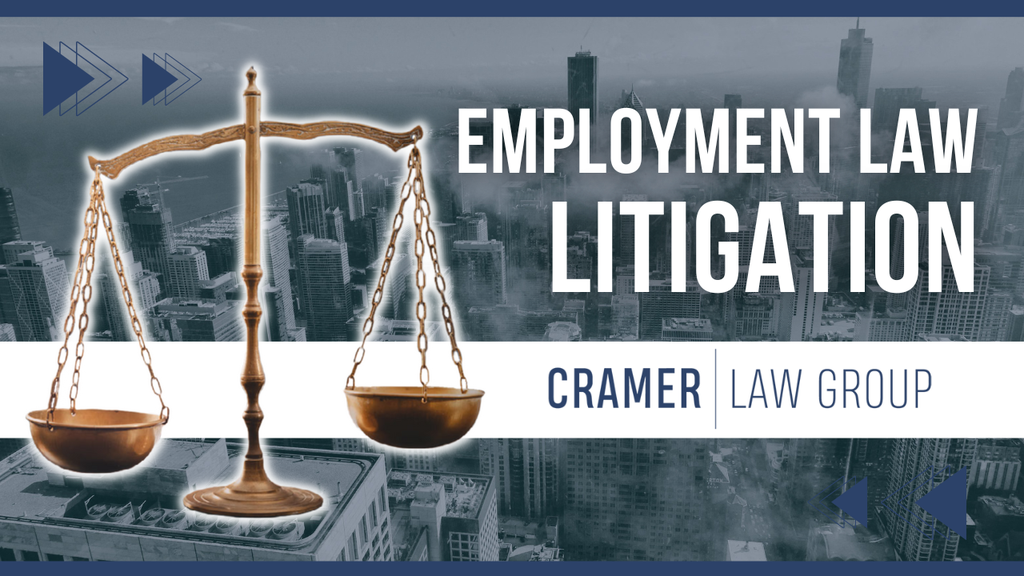
Litigation is a process that unfolds in distinct stages, each with its own requirements and challenges. If you’re heading to court—whether in federal or state court—you should prepare to practice patience and persistence. Here’s what you can expect during the litigation process:
Initial Steps: Setting the Stage
Once a lawsuit is filed, the first step is typically a preliminary hearing. This hearing is where the judge meets with the parties to:
- Gain an understanding of the case.
- Set a schedule for key milestones, such as depositions and the exchange of documents.
This stage establishes a framework for how the case will proceed and ensures both sides are on the same page.
Discovery: Exchanging Information
The discovery phase is critical in building your case. It’s the process where both sides exchange relevant information and evidence.
- What Plaintiffs Provide: If representing an employee, we may need to provide evidence showing they are actively seeking new employment. This is known as evidence of mitigation of damages, which demonstrates the employee’s efforts to minimize their financial losses.
- What Defendants Provide: The employer, on the other hand, must share files and other relevant information about the employee and the case at hand.
This exchange is essential for uncovering facts and preparing arguments.
Dispositive Motions: The Turning Point
As the case progresses, it typically reaches a stage called dispositive motions. This is the pivotal moment when the court determines whether the case should move forward to trial.
In civil cases, unlike criminal cases, there is no automatic right to a jury trial. Instead, plaintiffs must meet specific legal standards to earn this right.
- Motions for Summary Judgment: Often filed by the employer (defendant), this motion argues that the plaintiff (employee) lacks sufficient evidence to proceed to trial. The employer may claim that there is no dispute of material fact, meaning the evidence overwhelmingly supports their version of events.
- The Plaintiff’s Response: It’s crucial for the employee to counter this motion by pointing out discrepancies and presenting evidence that disputes the employer’s claims. Highlighting areas where the employer’s narrative conflicts with the facts is essential to persuade the judge that a trial is warranted.
Our team has extensive experience navigating this critical phase, ensuring that every detail is thoroughly presented and argued.
Why This Process Matters
Litigation can be lengthy and complex, but understanding the steps involved can help you feel more confident and prepared. Each stage, from discovery to dispositive motions, plays a vital role in determining the outcome of your case.
If you’re navigating an employment law issue, it’s important to work with attorneys who know the process inside and out. At Cramer Law, we’re here to guide you every step of the way, ensuring your case is presented effectively and your rights are protected.
Contact us today to discuss your situation and learn how we can assist you in your legal journey.



